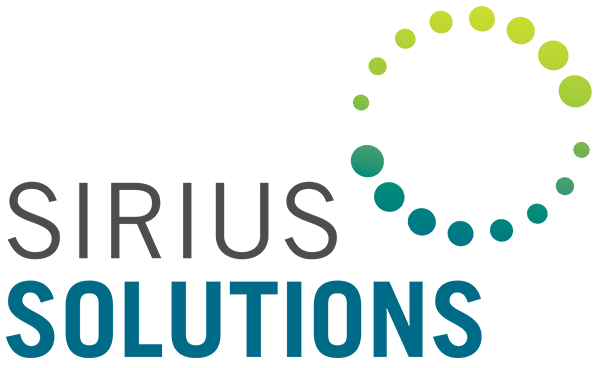Building on our blog from last week (Automation Guide-download), this week’s blog will focus on the various software systems and platforms available for automation. As discussed, companies can achieve automation through a range of automation tools available in the marketplace. How companies expend efforts around automation depends on available in-house software and budgets, internal and external capabilities available around the various technologies, and business goals around timelines, personnel, and costs. This blog simply presents some of the leading software systems around each form of automation as established by Gartner in 2019/2020.
Automation Technologies:
- Robotic Process Automation (RPA): Even five years ago, RPA was offered by a handful of companies. There are many new entrants in this market, and in the last several years, companies like KOFAX, NICE, and Microsoft are emerging with unique capabilities and uses of RPA. Leading vendors in this area are: Automation Anywhere, UiPath, Blue Prism.
- BPMS: Some technology providers are looking at ways to offer integrated automation opportunities by taking a holistic view towards designing, executing, and monitoring an integrated set of business processes and RPA. Kofax, for example, appears on Gartner’s quadrants for both RPA and BPMS. Leading vendors in this area are: Pegasystems, Appian, IBM, Genpact.
- No-Code/Low-Code: There are many startups in this space, and this is perhaps one of the fastest-growing trends in technology today. Most technology providers today focus on the low-code space, but no-code startups are quickly gaining traction. Leading vendors in this area are: Pegasystems, Microsoft, Outsystems, Mendix, Appian.
- Software Tools: Large technology organizations like Oracle, IBM, Google, SAP, Microsoft, Amazon-AWS, Salesforce, and others are all providing embedded automation tools like scripting, queries, workflow automation, APIs, and more. Looking at automation tools available in Gartner’s leading cloud environments are Amazon-AWS, Microsoft, and Google.
- Platforms: For each business function, chances are that there is a software platform that will be able to automate some manual processes. For example – customer engagement can be automated with Salesforce, Microsoft, ServiceNow, or Zendesk; HR can be automated through Workday or Ultimate; Accounts Receivable can be automated via platforms like HighRadius, Emagia, VersaPay, or Rimilia; procure-to-pay can be automated with Coupa, SAP, GEP, Jagger, Basware, or Ivalua; and this list can be expanded to include all aspects of a business ranging from risk management to project management.
- Systems Integration: API based integration platforms are what bring connectivity between systems and processes. Connected systems reduce errors and overall risks while improving the quality of data and processes. Leading vendors in this area are Mulesoft, Dell Boomi, Informatica, SnapLogic, Jitterbit.
While the technologies mentioned in this blog will provide organizations with the tools to automate workflows and improve efficiencies, companies still need a framework, thought leadership, and often a center-of-excellence to achieve automated, digital, and integrated processes. In the next blog, we will discuss how to create guidelines, protocols, and procedures to create and implement automation across multiple functions, technologies, and platforms.
DOWNLOAD THIS ARTICLE Automation Technologies Software
Rakhee Das, Technology & Innovation Practice Leader – Sirius Solutions, L.L.L.P.
If you would like further information about Automation, please complete the form below.
Error: Contact form not found.

